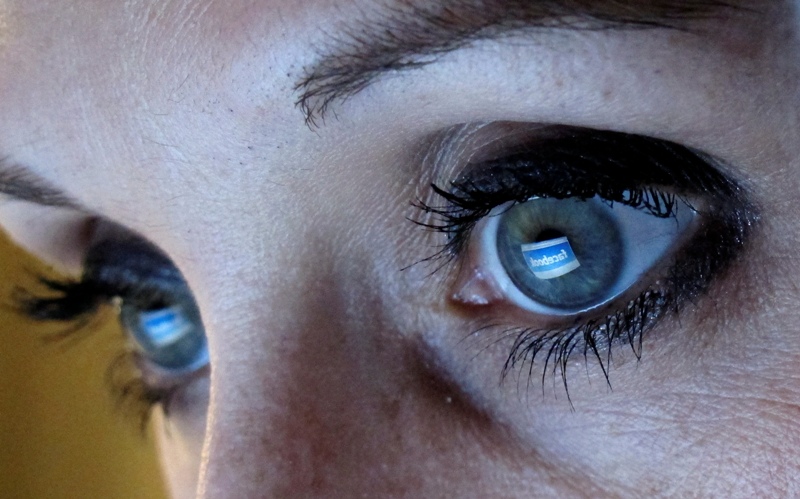Despite a lack of aggregated data and specific studies on the issue, experts say there is enough evidence to suggest that the online harassment of journalists, including threats of violence, has a serious psychological impact that may result in self-censorship.
The threats that journalists must confront on a daily basis are many. In its pioneering report “Building digital safety for journalism”, UNESCO has identified up to 12 challenges to the free and safe practice of digital journalism. Among these challenges, according to the study, are phishing campaigns – in which attackers seek to obtain personal data and information from journalists’ computers and their sources – and smear campaigns on social media that usually involve trolls defaming the reporter in order to damage his or her credibility and intimidate sources. Both attacks seek to leave journalists with a feeling of vulnerability.
Two further challenges highlighted by the report, online threats of violence and online sexual harassment, have drawn extensive media attention. Recent months have seen several reports of violent threats made against media workers, especially female journalists.
One journalist familiar with these challenges is Spanish journalist and war reporter Mayte Carrasco, who received death threats on Twitter after publishing a book on the war in Syria. The messages said, among other things: “In the twilight of your days you will hear from us” and “You will feel it in your body”. Carrasco told IPI that although the threats were ultimately erased, they “left these words in me and in my mind”.
According to Gavin Rees, director of Dart Centre Europe, “the basic headline is that if somebody is threatening you, they are trying to get into your head and to destroy your resilience. That’s what they are doing; they are trying to shut you up, either by death threats or by some other forms of disparaging or threatening comment or behaviour.”
Threats of rape and other forms of sexual violence can be particularly damaging to journalists’ psyches. Amberin Zaman, a correspondent for The Economist in Turkey, has been targeted innumerable times on social media platforms since her coverage of the Gezi Park protests in Istanbul in 2013.
In a recent interview with IPI, Zaman recounted how she and other female journalists were fiercely attacked on Twitter. “The threats were not just simple death threats,” she said, “but also threats of sexual violence like raping us, ‘we are going to rape you’, ‘we are going to make you sit on broken wine bottles’, things like that”. She described the content as “very, very graphic”.
Rees explained: “The reason why traumatic imagery is particularly threatening is because your body doesn’t know that it is not in the same space as [where] the violence is happening. The protection systems, the release of the adrenaline, the feeling of hyper alertness, all the kinds of muscle reactions that people have if they are threatened in the street … are millions of years old.
“These systems came about millions of years before the invention of computers screens or televisions or remote communications, so one of the difficulties with handling images that are used in a threatening way is that we don’t know it’s not happening around us. Even though we know intellectually that that material is happening miles away our body doesn’t fully understand that. So we feel those threats more immediately than we would do if they were just verbal threats”.
While awareness of the online abuse of journalists as a serious threat to freedom of expression and the press is growing, combating it will require the engagement and cooperation of various actors, from local governments and NGOs all the way up to intergovernmental bodies and, indeed, society as a whole.
It is true that, in many cases, the line between the legitimate use of freedom of expression – which must be protected at all costs – and cyber harassment is a very fine one. (And, generally speaking, journalists have a thick skin when it comes to criticism and often do not pay immediate attention to verbal abuse online.)
But, as Rees points out, “this is not just criticism; this is criticism with extra stuff added. In other words, it is threats to peoples’ life, it is threats to their physical security and safety, it could be threats to their family and it’s a form of trying to censor, trying to close the individual down in order to close the story down.”
